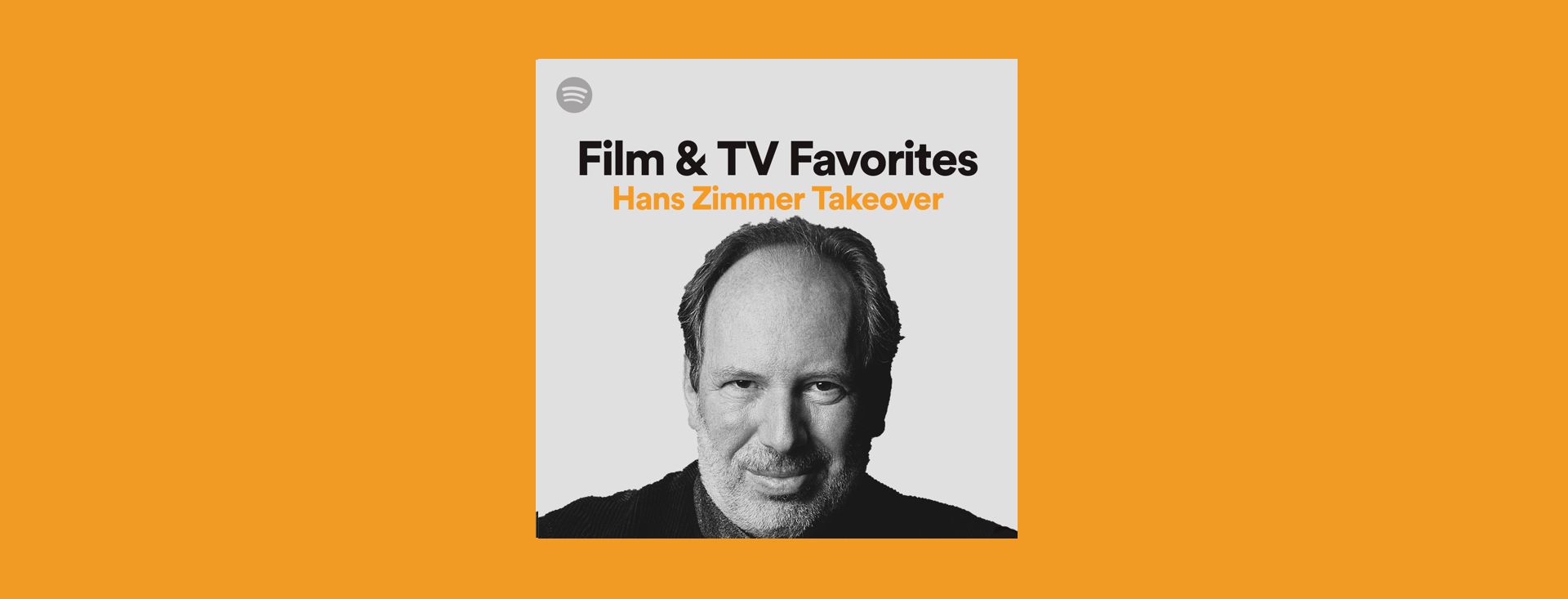
Do you feel your pulse starting to race as the orchestra picks up in pace and volume during the final sword fight in Pirates of the Caribbean? That’s all Hans Zimmer. Emotion-heightening music is the hallmark of the legendary composer, who curated Spotify’s Film & TV Favorites playlist in honor of National Film Score Day today, April 3.
Zimmer has more than 119 credits across film, TV, and video games, as well as an Academy Award for his score on the classic film The Lion King. Over the last decade, his compositions have elevated a slew of high-profile films, including Interstellar, Hidden Figures, 12 Years a Slave, The Dark Knight Rises, and dozens more.
Zimmer spoke to For the Record about his process for matching music with a scene, what it’s like performing for a live audience, and what he listens to when he’s not working (spoiler alert: he rocks out).
Your scores can be subtle, as with the Christopher Nolan films, or lively and upbeat, as in the Pirates of the Caribbean films. How do you strike the balance so the music doesn’t overpower a character or scene, and instead elevates and enhances the moment?
I suppose if you’ve done roughly a hundred movies, you learn how to balance these things—that’s all part of the learning curve. Certain actors you can push much harder. For instance, I could always be more romantic in my scores to a Jack Nicholson film because Jack himself is so tough that it doesn’t become sentimental. It depends entirely on the character and the actor. I’m sure there are a few times that I’ve goofed and overpowered the character.
How do you decide how little is too little, or how much is too much?
You really look at the whole movie. If you look in the long form that the storytelling of a film really has, you figure out pretty quickly if you’re doing the right thing—if your balance is right or if your balance is off.
What other films and composers inspire you?
To be really honest, any composer who manages to get a film finished and done and released is a hero of mine. It’s so hard to get a film, come up with an original idea, execute the original idea, not get trampled underfoot by the sound effects, and actually have your film released. So, I think anybody who actually makes it through is a hero.
I think Johnny Klimek and Tom Tykwer wrote the best cue of last year for the TV series Babylon Berlin, which is absolutely amazing stuff.
Talk about the reactions to your music when you perform for live audiences—particularly at Coachella two years ago, when you played music from Inception, Pirates of the Caribbean, The Dark Knight, Gladiator, and The Lion King.
Coachella was like a dare. Somebody asked if I wanted to do Coachella and I thought, “Take an orchestra and a choir out into the desert? I don’t think that has been done before.” So, it was exciting to put that sort of music in front of an audience that doesn’t expect it. And we were doing something new, something different. Performing The Lion King meant something because everybody who was there had at one point heard it as part of their life. It was quite emotional for me that night.
What is it about modern scoring, such as your music or that of Ramin Djawdi of Game of Thrones, that is so attractive to live audiences?
It’s because we’re starting to break down the walls. I thought long and hard before we did Coachella about what I didn’t want to do: be boring, dull, not put on a show, have somebody conduct and have my back to the audience. That’s not who I am, and that’s not who Ramin is, either. Yes, he’s conducting, but then he suddenly gets his guitar out. We’re much more rock-and-roll, and we treat the orchestra as a big band, which I think makes a difference. It certainly allows the audience to connect with the orchestra. Suddenly they realize that these musicians are human beings and they are part of us and we are part of them, and it’s not some sort of weird, elitist thing.
When you’re not scoring, what music—or which artists—do you like to listen to for fun?
Always for fun is Manu Chao, and Kraftwerk is always good. Usually I don’t listen to film music (when I’m writing, it’s impossible to listen to other people’s music), but I’m rediscovering things like John Williams’ Close Encounters of the Third Kind, which is just a magnificent piece of music. Oh, and The Clash—“London Calling” just popped back up. And The Damned’s The Black Album, which I had something to do with.
Enjoy the updated Film & TV Favorites playlist curated by Hans Zimmer.









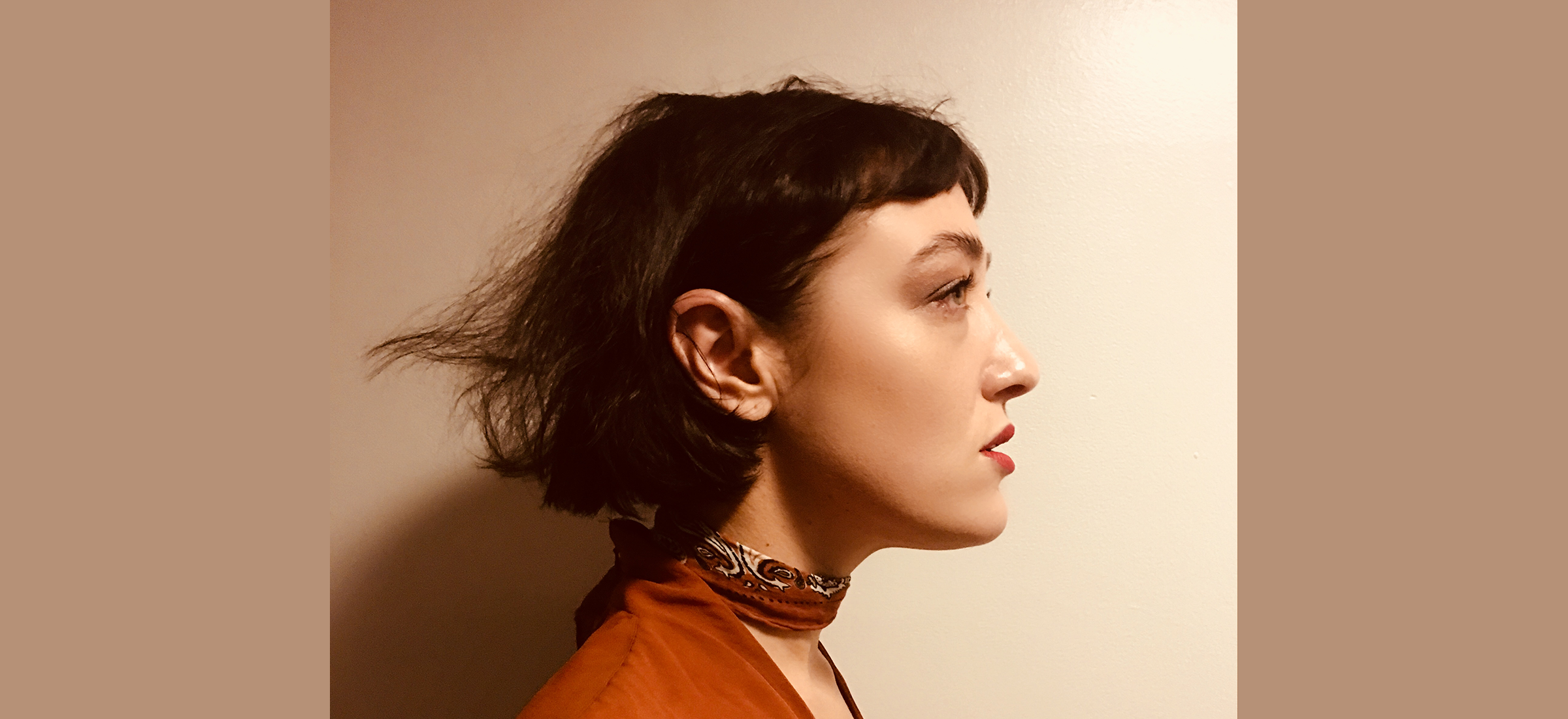
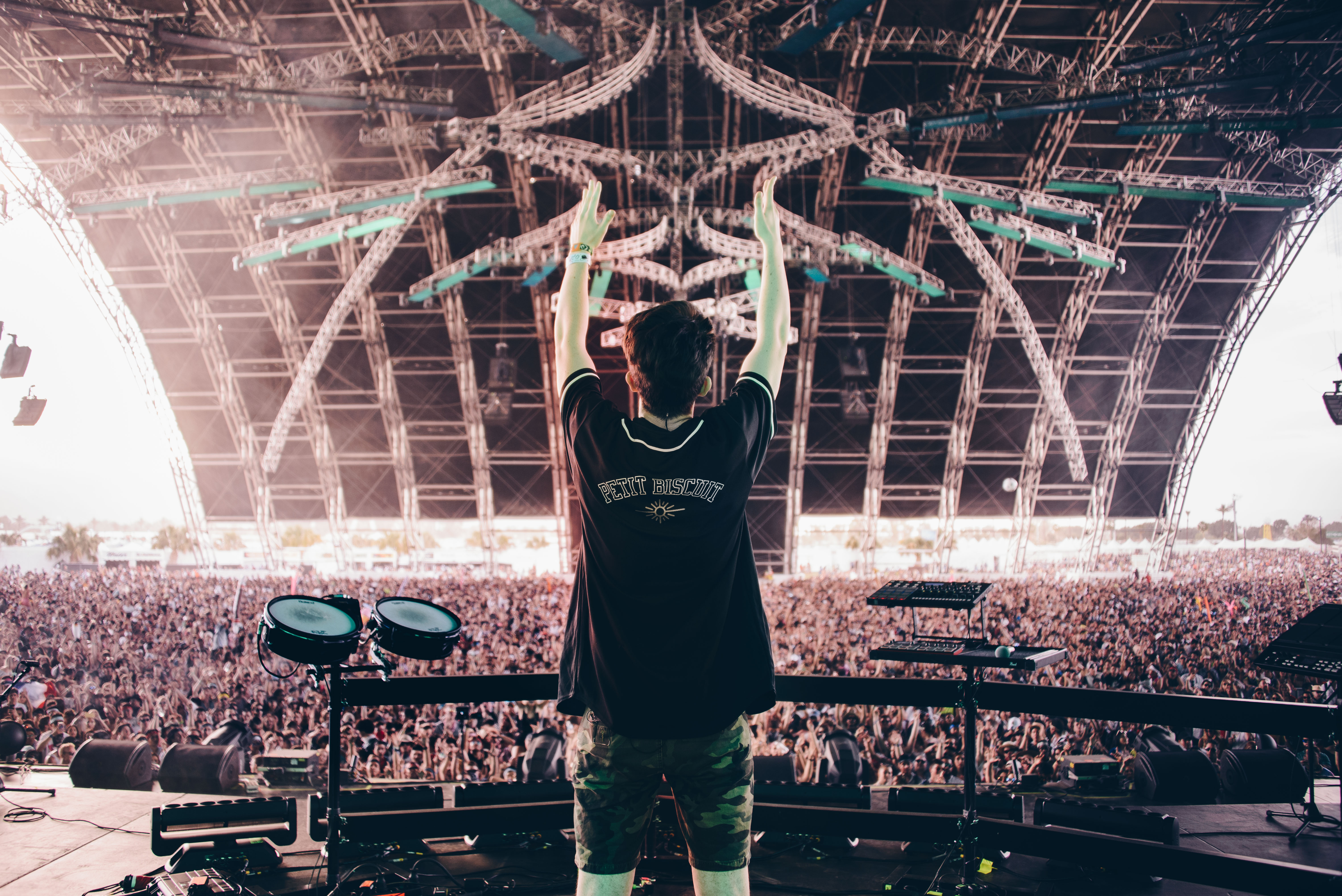

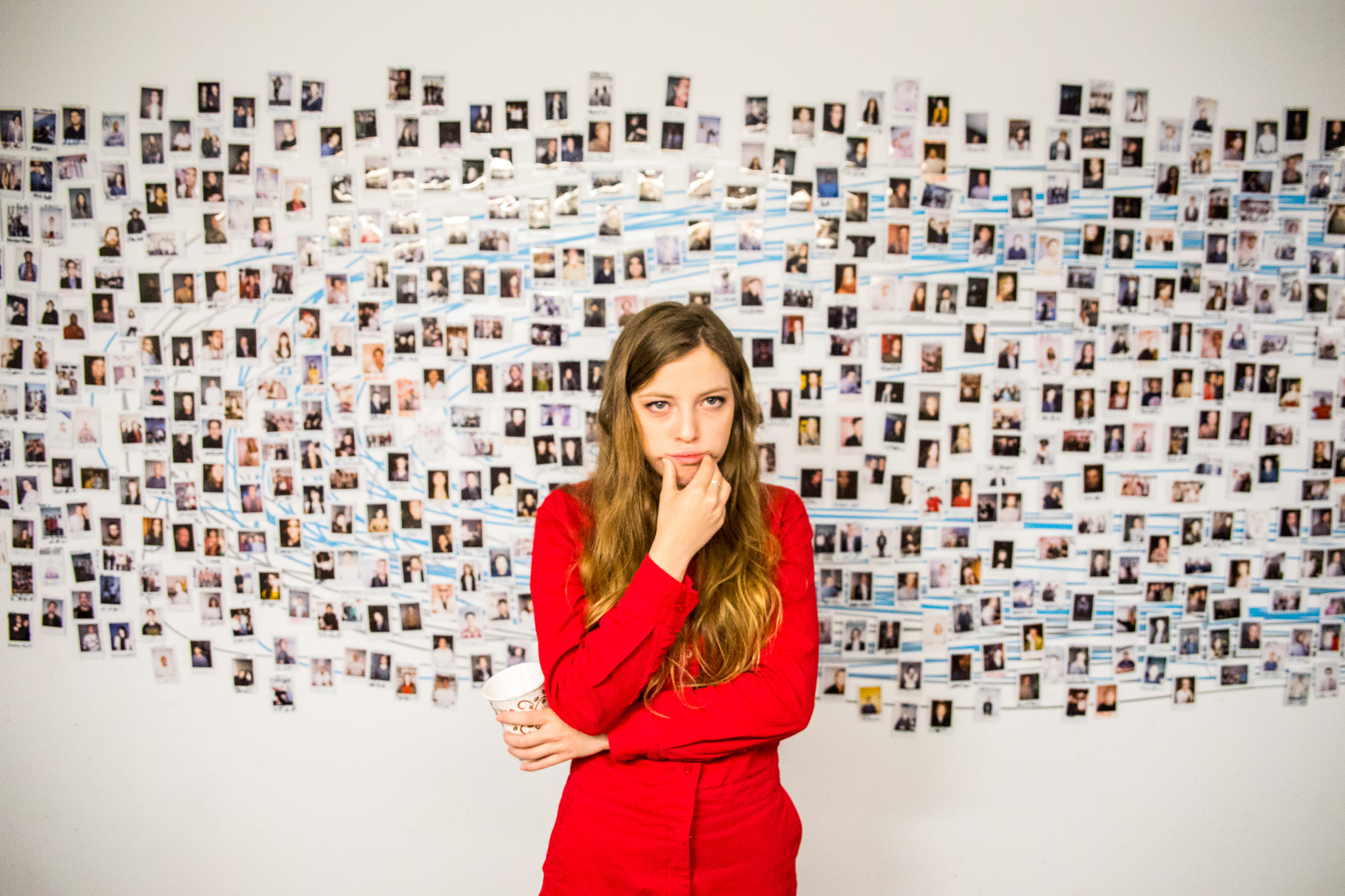

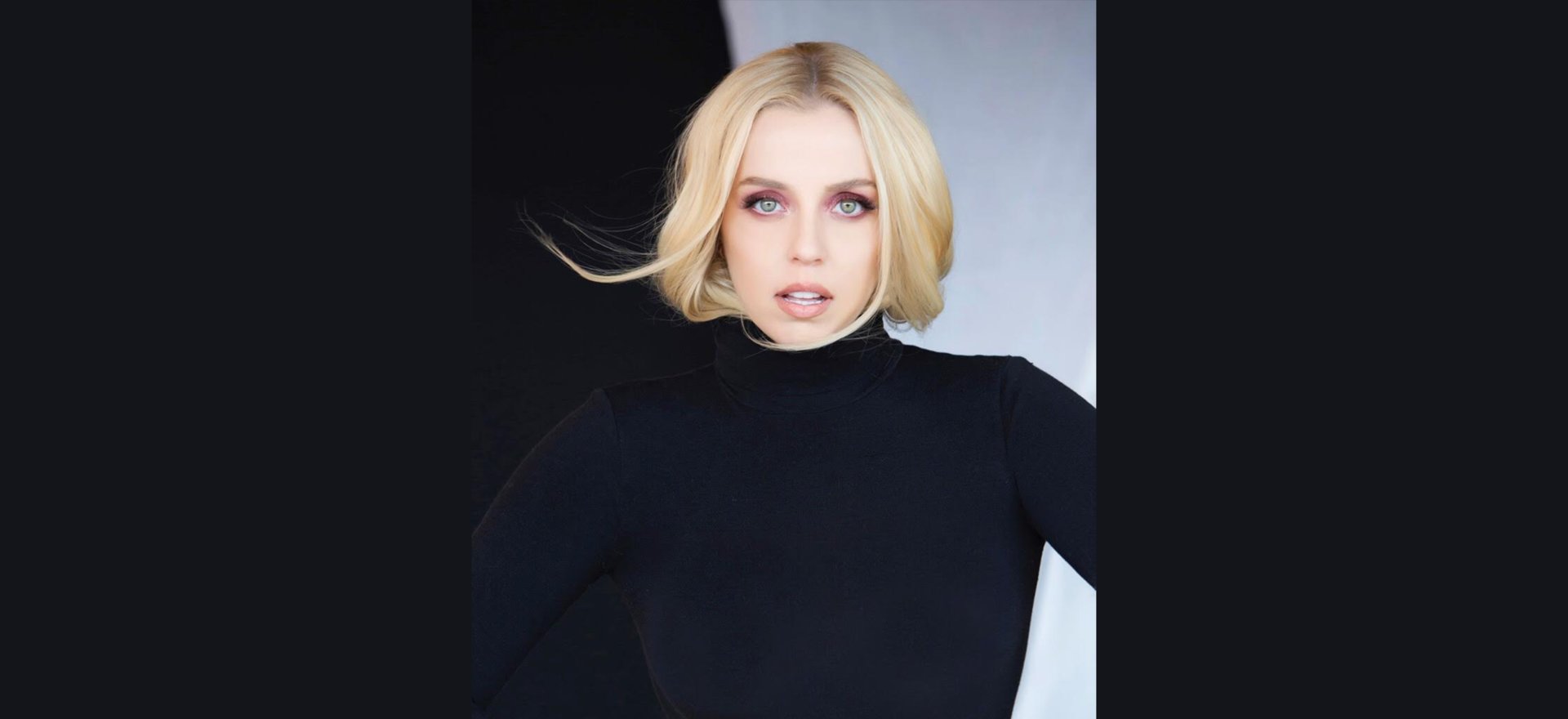
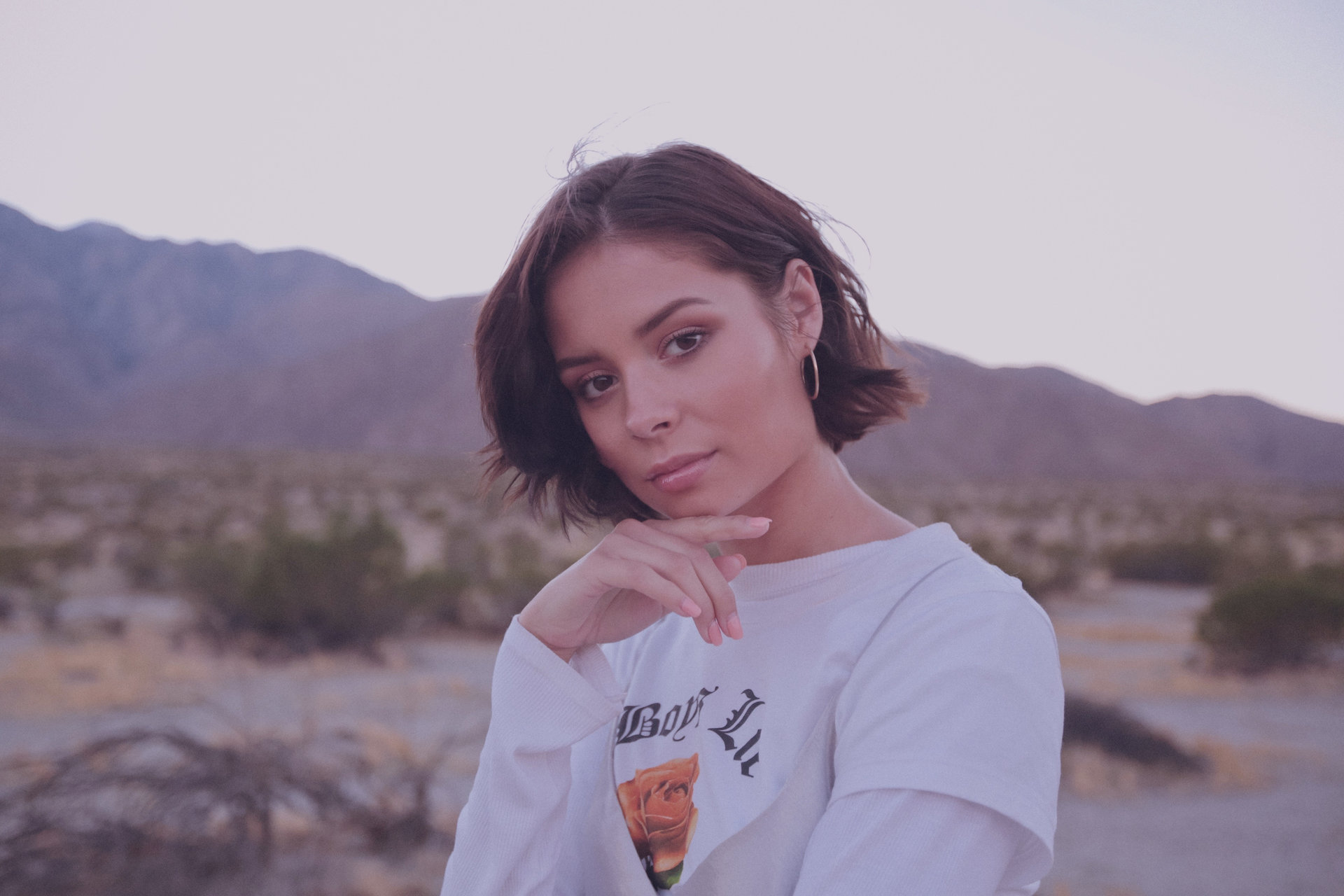
Recent Comments